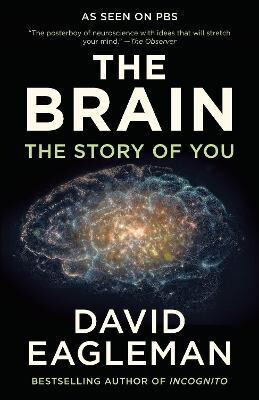
Share
Derrick Vaughan, Novelist (Paperback, Edna Lyall)
Be the first to Review this product
Special price
₹229
₹250
8% off
Coupons for you
T&C
Available offers
T&C
T&C
T&C
T&C
Delivery
Check
Enter pincode
Delivery by3 May, Saturday|Free
?
View Details
Highlights
- Binding: Paperback
- Publisher: Zinc Read
- ISBN: 9789359748795
- Edition: 2023
- Pages: 73
Services
- Cash on Delivery available?
Seller
Description
The story is framed as a series of letters exchanged between the narrator, Gilbert Forester, and his friend, the antiquary Mr. Chatterly. Forester tells the story of his visit to his aunt Margaret's estate and the strange events that transpired during his stay. One of the central elements of the narrative is a mysterious mirror in his aunt's possession that is rumored to have supernatural properties.
As the story unfolds, readers are drawn into a tale of family secrets, apparitions, and unrequited love. The mirror serves as a symbol of reflection, both literal and metaphorical, and its role in the narrative adds an element of mystery and intrigue to the novella.
"My Aunt Margaret's Mirror" explores themes of the supernatural, the passage of time, and the impact of family history on the present. It is known for its Gothic and romantic elements, which were popular in literature during the early 19th century.
While "My Aunt Margaret's Mirror" may not be as well-known as some of Walter Scott's historical novels, it remains a notable work in his literary career and showcases his versatility as a writer of various genres.
Read More
Specifications
| Publication Year |
|
| Book Type |
|
Manufacturing, Packaging and Import Info
Have doubts regarding this product?
Safe and Secure Payments.Easy returns.100% Authentic products.
Back to top




